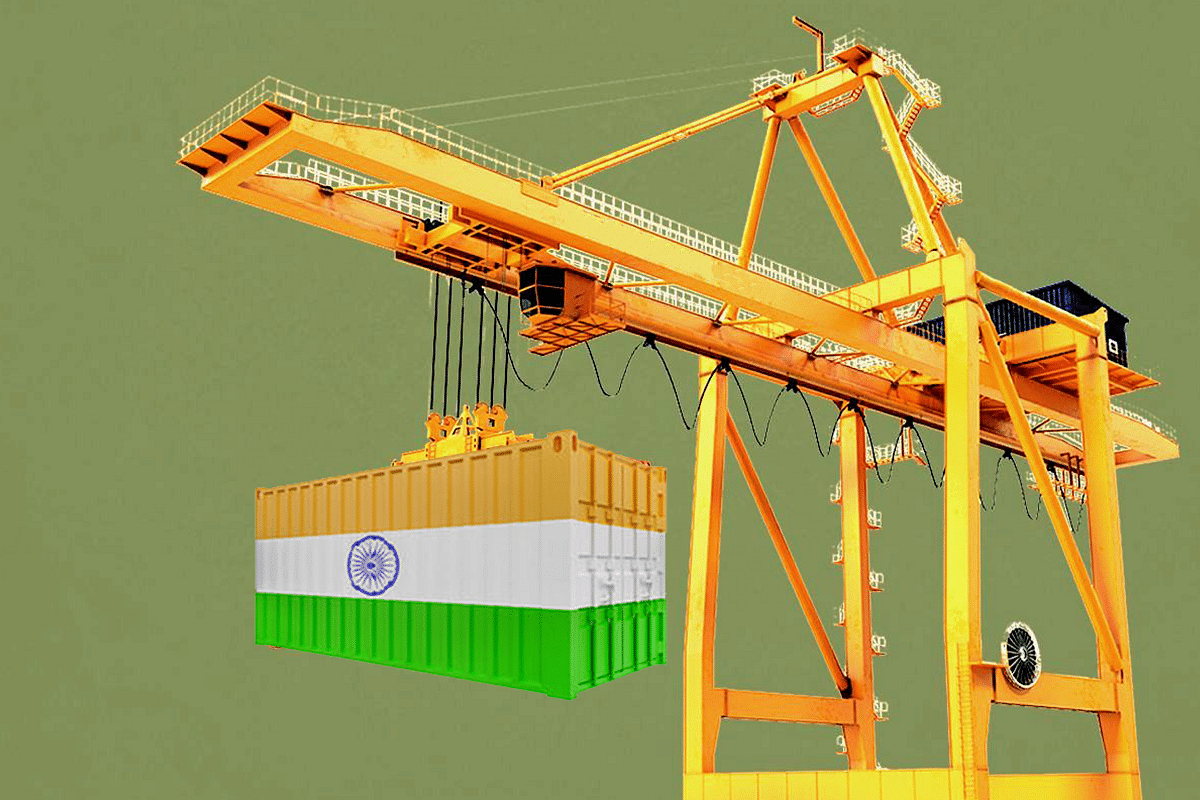Economy
India’s Manufacturing Ambition Needs Further Tax Rationalisation
- India is still a services economy and far from its ‘pivot’ towards manufacturing. It is the ultra-high tax structures that come in the way of India’s manufacturing dreams.

India's manufacturing exports set to grow to $1 trillion.
Early this week, R C Bhargava, the longest-serving chairman of a company, spoke his mind when he lamented at India’s punitively high tax structure for the auto industry.
The subsequent growth projections and obvious China comparisons are uncharitable for India. But what Bhargava spoke about is not far from the truth.
The auto sector, which has the potential to turn India into a big manufacturing story and a major employment creator, is expected to shoulder most of the government’s tax expectations.
The underlying assumption by the central and state governments is that a car, no matter how small it may be, is a luxury and not a necessity. This mindset explains the multilayered and progressive tax structure that sits on top of any auto purchase, even the most basic one.
So, even for a small car (sub-4-metre car) with a petrol engine capacity of 1.2 litres (1200 cc, in simple terms), the effective GST (goods and services tax) is a whopping 43 per cent.
But this isn’t all. States like Karnataka charge road taxes as high as 15 per cent.
India’s automobile industry contributes almost 6.5 per cent to India's GDP (gross domestic product) and over a third of the total manufacturing GDP, besides pulling up sectors like iron and steel.
The industry attracted foreign direct investment (FDI) worth $32.84 billion in the last two decades, which is 6 per cent of the total equity FDI India received. But the sector is trapped in a bureaucratic ideology which degrades auto acquisition as almost anti-socialist.
Any attempt to rationalise this exorbitant taxation is met with the usual reply that "car owners can pay." But what bureaucrats who only obsess about fixing the fisc (both at the centre and state level) fail to realise is that the auto sector has tremendous potential to be the primary growth driver of the economy.
Perhaps, most importantly, it is reflective of how India’s babus are still unable to understand what drives manufacturing.
Eight years have passed since India rolled out the ambitious 'Make in India' campaign and, barring the exception of the mobile manufacturing industry, the programme has had a lukewarm response.
While progress has been made on several parameters with regard to the ease of doing matrix, existing taxation structures, notwithstanding the sops under the government’s PLI (production-linked incentive) scheme, remain a major bone of contention.
In fact, there is now a conflict between the supply-side measures that the government has announced and the impact that high taxes have on suppressing demand.
On one hand, incentives like lower corporate taxes, high tariff walls that protect domestic players from cheaper imports, and PLI subsidies are aimed at boosting production. On the other hand, exorbitantly high taxes on the finished product and allied services (car insurance, repair, maintenance) depress auto demand.
The higher cost of acquisition of vehicles is bad for not just individuals but for multiple manufacturing sub-sectors, leading to a lower overall demand for manufactured goods. This vicious cycle affects the growth of manufacturing GDP, which unfortunately has remained stagnant at sub-20 per cent for decades.
Electric vehicles are a vast opportunity for India and its auto sector. In fact, it could be the big inflection point for India, provided it is able to develop supply chains and enhance localisation. Both these aspects are intrinsically linked to tax rationalisation.
Five international automakers like Ford, General Motors, Harley Davidson, Man Truck, and Bus have pulled out of India citing various reasons. High-profile exits do little to boost India's credentials to be a global hub of manufacturing. And so do voices like Bhargava’s.
It’s not just about the auto industry, but about India being prepared for the manufacturing challenge that the world has thrown after Covid-19 disrupted China’s supply chains.
As per a McKinsey report, India’s auto sector has the potential to add $22 billion to the GDP if its supply chain achieves more scale. Interestingly, of the additional $22 billion in GDP contribution, $15 billion will come from the domestic market. This potential cannot be fulfilled unless the tax structure is brought in line with other countries.
The timing of Bhargava’s statement is suspect, since it comes just five weeks before the Union budget. But the demand is legit and could mark the beginning of the next boom cycle in the sector.
It remains to be seen if the Finance Minister’s bahi-khata makes the required provision.
Introducing ElectionsHQ + 50 Ground Reports Project
The 2024 elections might seem easy to guess, but there are some important questions that shouldn't be missed.
Do freebies still sway voters? Do people prioritise infrastructure when voting? How will Punjab vote?
The answers to these questions provide great insights into where we, as a country, are headed in the years to come.
Swarajya is starting a project with an aim to do 50 solid ground stories and a smart commentary service on WhatsApp, a one-of-a-kind. We'd love your support during this election season.
Click below to contribute.
Latest